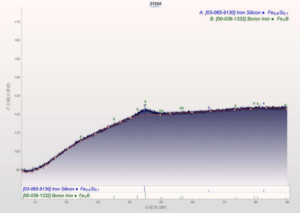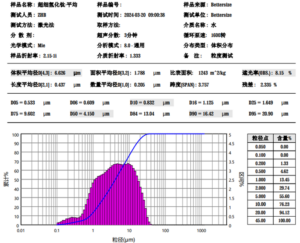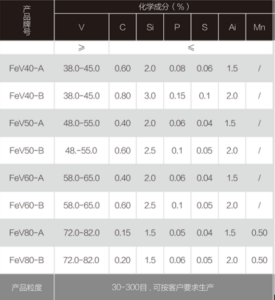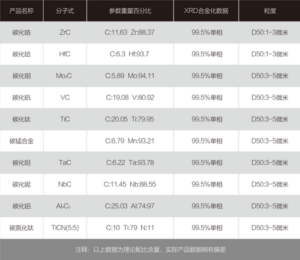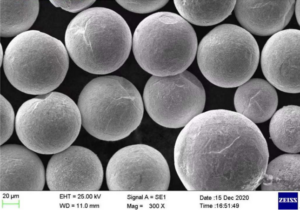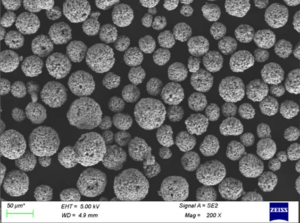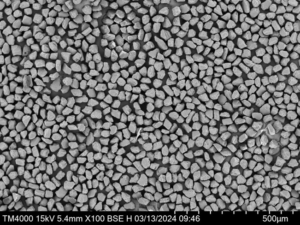Table of Contents
ToggleMetal alloy powder refers to fine metallic powders made by combining two or more metal elements to enhance properties like strength, corrosion resistance, ductility, and conductivity. This guide provides an overview of metal alloy powder including types, production methods, applications, specifications, selection considerations, and frequently asked questions.
Overview of Metal Alloy Powder
Metal alloy powders are particulate materials composed of two or more metals manufactured via atomization or chemical reduction into fine spherical powders ideal for industrial applications.
Key benefits of using metal alloy powders include:
- Tailored properties by combining metals
- More uniform structure than cast alloys
- Versatility for diverse manufacturing techniques
- Ability to produce complex component geometries
- Excellent repeatability and quality control
- Cost-effectiveness for high volume production
Common metal alloys in powder form include stainless steel, tool steel, superalloys, low alloy steel, nickel alloys, cobalt alloys, and more. Both ferrous and non-ferrous alloys are produced as powders.
Metal alloy powders enable manufacturing techniques like metal injection molding, additive manufacturing, and powder metallurgy as well as surface coatings.
Types of Metal Alloy Powder
Various metal alloys are converted into powder form depending on required properties and applications:
| Alloy Type | Composition | Properties |
|---|---|---|
| Stainless Steel | Fe, Cr, Ni | Corrosion resistance |
| Tool Steel | Fe, Cr, C | Wear resistance |
| Low Alloy Steel | Fe, Mn, C | Strength |
| Superalloys | Ni, Cr, Co | Heat resistance |
| Cobalt Alloys | Co, Cr, W, Ni | Wear resistance |
| Copper Alloys | Cu, Zn | Electrical conductivity |
| Nickel Alloys | Ni, Cr | Corrosion resistance |
By combining powder properties, performance can be optimized for hardness, strength, ductility, conductivity, magnetism, corrosion resistance, wear resistance, high temperature resistance, and other attributes.
Metal Alloy Powder Production
Metal alloy powders are commercially produced via:
- Atomization – Melted alloy streamed into water or gas jet to form droplets.
- Electrolysis – Aqueous electrolytic process reduces metal ions into powders.
- Carbonyl – Metal reacts with carbon monoxide to form volatile powders.
- Mechanical Alloying – Repeated welding and fracturing creates nanostructured powder.
Atomization is the most common method allowing rapid large scale production of consistent spherical alloy powders ideal for manufacturing processes.
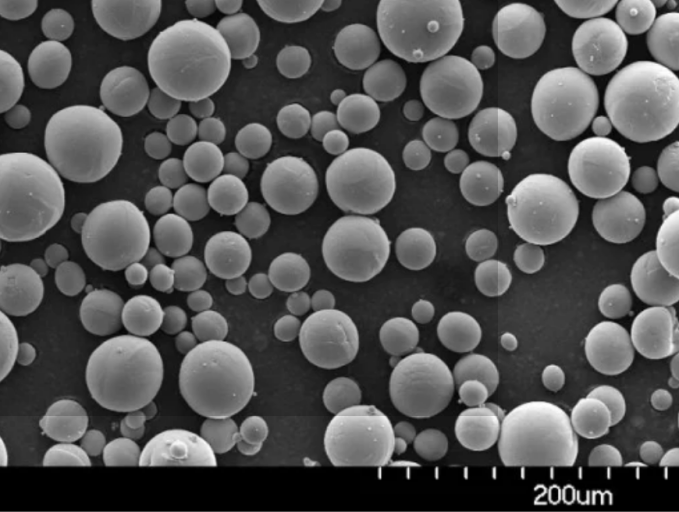
Applications of Metal Alloy Powder
Thanks to their tailored properties and ability to form complex geometries, metal alloy powders enable diverse applications across industries:
Additive Manufacturing
- Aerospace components with superalloys
- Medical implants with cobalt chrome and titanium
- Automotive prototypes with tool steel
Metal Injection Molding
- Small complex metal parts like gears and nozzles
- High volume production possible
Surface Coatings
- Wear-resistant coatings with tool steel
- Corrosion resistant coatings with stainless steel
Powder Metallurgy
- High performance auto parts
- Permanent magnets
- Friction materials like brakes and clutches
Sintered Components
- Structural parts with controlled porosity
- Filters, bushings, bearings
Brazing Pastes
- Joining similar and dissimilar metals
Chemical Industries
- Metal catalysts
Electronics
- Conductive films and thermal management
Metal Alloy Powder Specifications
Metal alloy powders are characterized by composition, particle size distribution, morphology, flowability, and other specifications:
Metal Alloy Powder Properties
| Specification | Typical Values |
|---|---|
| Alloy Composition | Steel, Ni, Co, Cu alloys |
| Particle Size | 5 – 150 microns |
| Particle Shape | Spherical, irregular |
| Size Distribution | D10, D50, D90 |
| Flowability | Angle of repose, flow rate |
| Apparent Density | 2 – 8 g/cm3 |
| Tap Density | Up to 80% of solid density |
| Oxide Content | less than 2% |
| Moisture Content | less than 0.2% |
| Purity | 98% min |
The powder characteristics dictate manufacturing process suitability, quality, mechanical properties, and performance.
Metal Alloy Powder Size Types
A key specification is particle size distribution. Powders are classified into different size ranges:
Metal Alloy Powder Size Classification
| Type | Particle Size Range |
|---|---|
| Coarse Powder | 75 to 150 μm |
| Medium Powder | 25 to 75 μm |
| Fine Powder | 15 to 45 μm |
| Extra Fine Powder | 5 to 25 μm |
| Nano Powder | Under 100 nm |
- Larger particles improve flow and permeability
- Smaller particles provide higher resolution and densities
- Most powders are under 45 μm for manufacturing processes
- Nano powders offer unique properties
particle size and shape are controlled during production and classified by screening. Custom particle distributions are possible.
Factors in Selecting Metal Alloy Powders
Key considerations when selecting an appropriate metal alloy powder include:
- Application – Required material properties and capabilities
- Manufacturing process – Compatibility with equipment and methods
- Cost – Raw material cost and production efficiencies
- Lead time – Availability from stock or custom production
- Quality – Consistent composition, morphology, size distribution
- Technical support – Expertise from powder manufacturer
- Health and safety – Flammability, reactivity, toxicity factors
- Environmental impact – Recyclability, emissions, waste disposal
Work with knowledgeable powder producers early in the design process to select optimized alloys and powder characteristics for the application.
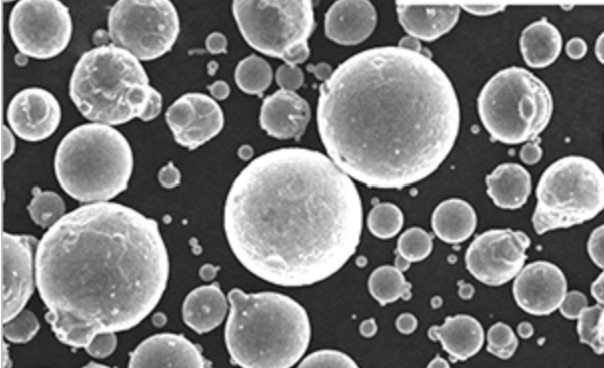
Evaluating and Choosing a Metal Powder Supplier
Not all metal powder producers offer the same range of alloys, quality, lot sizes, and capabilities. Key factors in choosing a supplier include:
How to Select a Metal Powder Supplier
| Factor | Criteria |
|---|---|
| Capabilities | Range of alloys, size distributions, production volumes, sampling, testing |
| Quality | Powder morphology, consistency, purity, certification standards |
| Technical Expertise | Alloy knowledge, manufacturing process experience, R&D capabilities |
| Customer Service | Responsiveness, order fulfillment reliability, communication |
| Facilities | Quality control and testing equipment, health and safety systems |
| Logistics | On-time delivery, inventory, lead times |
| Business Standing | Industry reputation, financials, growth |
| Pricing | Quoted powder pricing, minimums, shipping |
| Terms | Payment options, warranties |
Visiting a shortlist of suppliers to audit their operations firsthand provides the best assurance of capabilities and professionalism.
Cost Analysis of Metal Alloy Powders
Metal alloy powder pricing depends on:
- Composition – More expensive alloys mean higher powder cost
- Purity – Tighter chemistry controls increase price
- Particle size – Finer powders are more costly to produce
- Production method – Atomization is lower cost than specialty methods
- Order quantity – Bulk ordering >1000 kg lowers per-kilogram pricing
- Testing – Additional characterization adds cost
- Packaging – Specialized options like sealed bags add cost
Typical Metal Alloy Powder Cost Ranges
| Alloy Type | Cost per kg |
|---|---|
| Iron and Low Alloy Steel | $5 – $15 |
| Stainless Steel | $15 – $30 |
| Tool Steel | $20 – $50 |
| Copper Alloys | $50 – $100 |
| Cobalt Alloys | $50 – $200 |
| Superalloys | $100 – $500 |
Request quotes from shortlisted suppliers to compare pricing for the required alloy, particle size, purity, testing, and delivery.
Handling and Storage Recommendations
Special care must be taken when handling reactive fine metal powders:
- Use grounded, conductive containers and scoops
- Avoid sparks, flames, and ignition sources
- Disperse dust accumulation with good housekeeping
- Use PPE like masks, gloves, and protective clothing
- Provide proper ventilation and dust collection
- Store sealed containers in a cool, dry area
Follow all safety guidelines from the powder manufacturer’s SDS document. Explosive dust hazards must be managed appropriately.
Metal Alloy Powder Trends and Innovations
Recent trends in metal alloy powder technology include:
- More customizable alloys for additive manufacturing
- Nanopowder manufacturing methods
- Automated powder handling and quality control
- Simulation software for powder production
- Increased use of metal powders for 3D printing
- New functional alloys with multiple elements
- Powder recycling systems
Continued alloy and process developments will expand the possibilities for high performance powder metallurgy components.
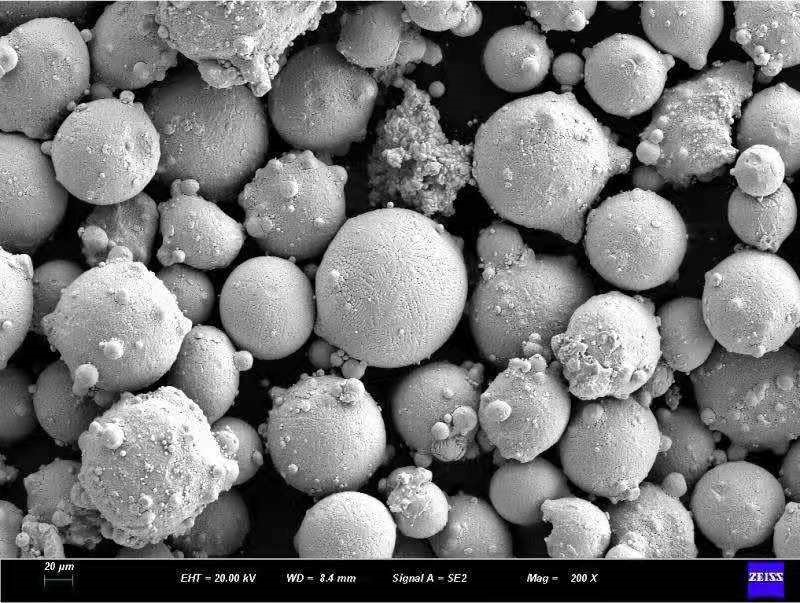
FAQ
Q: What are the most common metal alloy powders used?
A: Stainless steel, tool steel, and nickel alloys are among the most widely used metal alloy powders.
Q: What industries use metal alloy powders the most?
A: Aerospace, automotive, medical, and industrial/consumer products utilize metal alloy powders extensively.
Q: What production method makes the highest quality powders?
A: Inert gas atomization produces the most spherical and consistent alloy powder suitable for AM and MIM processes.
Q: How are metal powders handled safely?
A: Use conductive containers, grounding, bonding, inert gas blanketing, ventilation, and explosion prevention systems for safe powder handling.
Q: Are metal alloy powders expensive?
A: Prices range widely from $5/kg for common steel powders to over $500/kg for specialty superalloys. Quotes from suppliers establish current pricing.
Q: What is the typical size range of powders for manufacturing?
A: Most manufacturing applications use powder sizes from 10 – 45 microns. Finer nano powders below 100 nm also have niche uses.
Q: What is the shelf life of sealed metal powders?
A: If kept dry in sealed containers, metal powders can be stable for 1-5 years depending on alloy composition and storage conditions.
Q: Are metal powders environmentally friendly?
A: Metal powders enable very efficient raw material usage. Contained dust and proper waste disposal minimizes environmental impact.
Q: What standards apply to metal powder production?
A: International standards like ISO 10149, ASTM B835, and MPIF Standard 35 govern various physical powder properties and testing procedures.
Q: Can metal alloy powders be recycled?
A: Yes, unused powder can be recycled and reprocessed. Some additive manufacturing uses recycled powder as feedstock.
Key Takeaways on Metal Alloy Powder
- Metal alloy powders combine multiple metals to achieve enhanced properties
- Atomization is the primary industrial production method
- Particle size distribution must match manufacturing process needs
- Metal powders enable additive manufacturing, MIM, coatings, and PM parts
- Alloy selection considers cost along with mechanical and physical properties
- Powder characteristics like flow and apparent density are important
- Work with expert suppliers who understand applications and processes
- Safe handling precautions are critical when working with reactive powders
With continued growth in powder metallurgy applications, metal alloy powders offer an expanding range of capabilities not possible with conventional metal processing alone.
